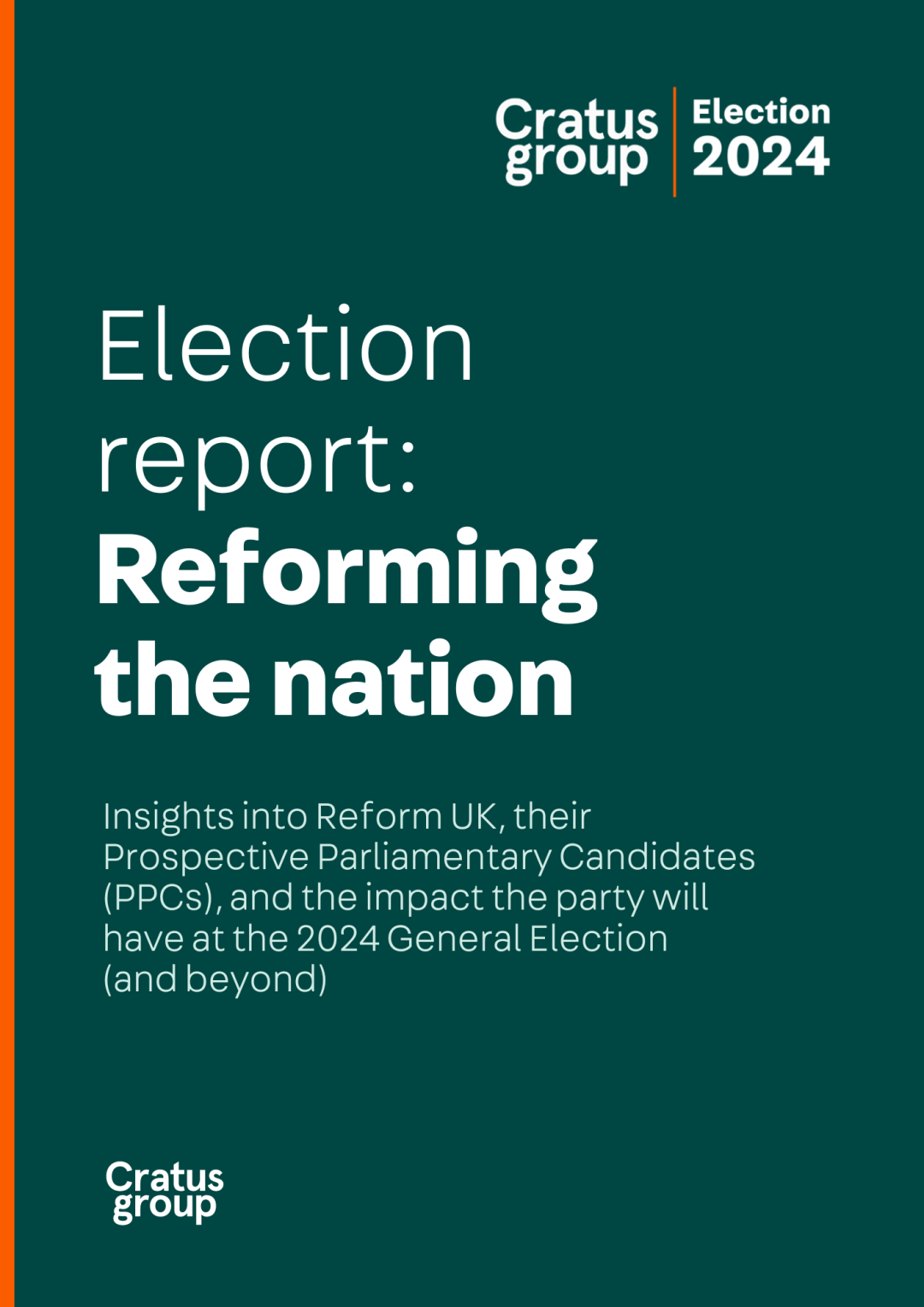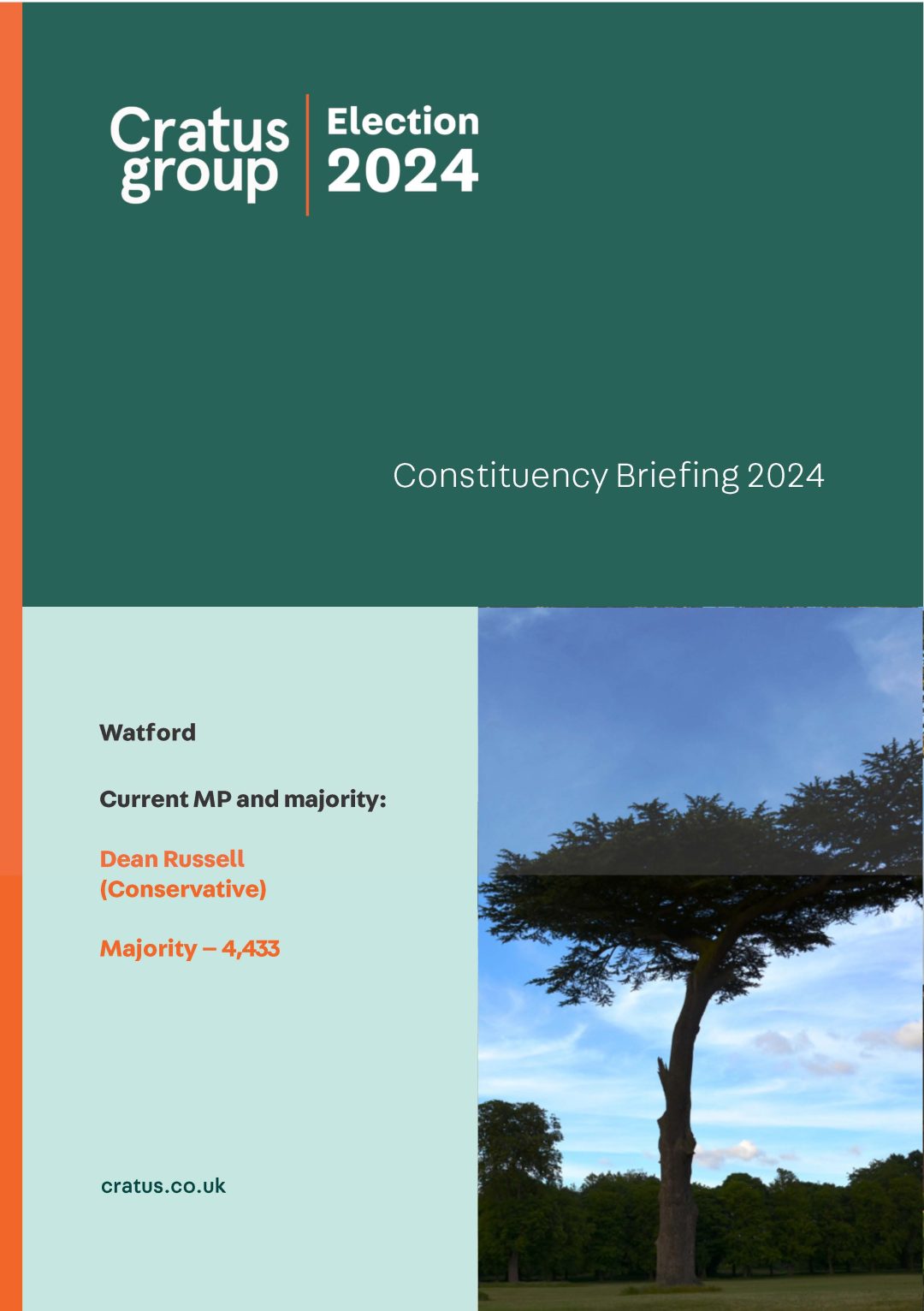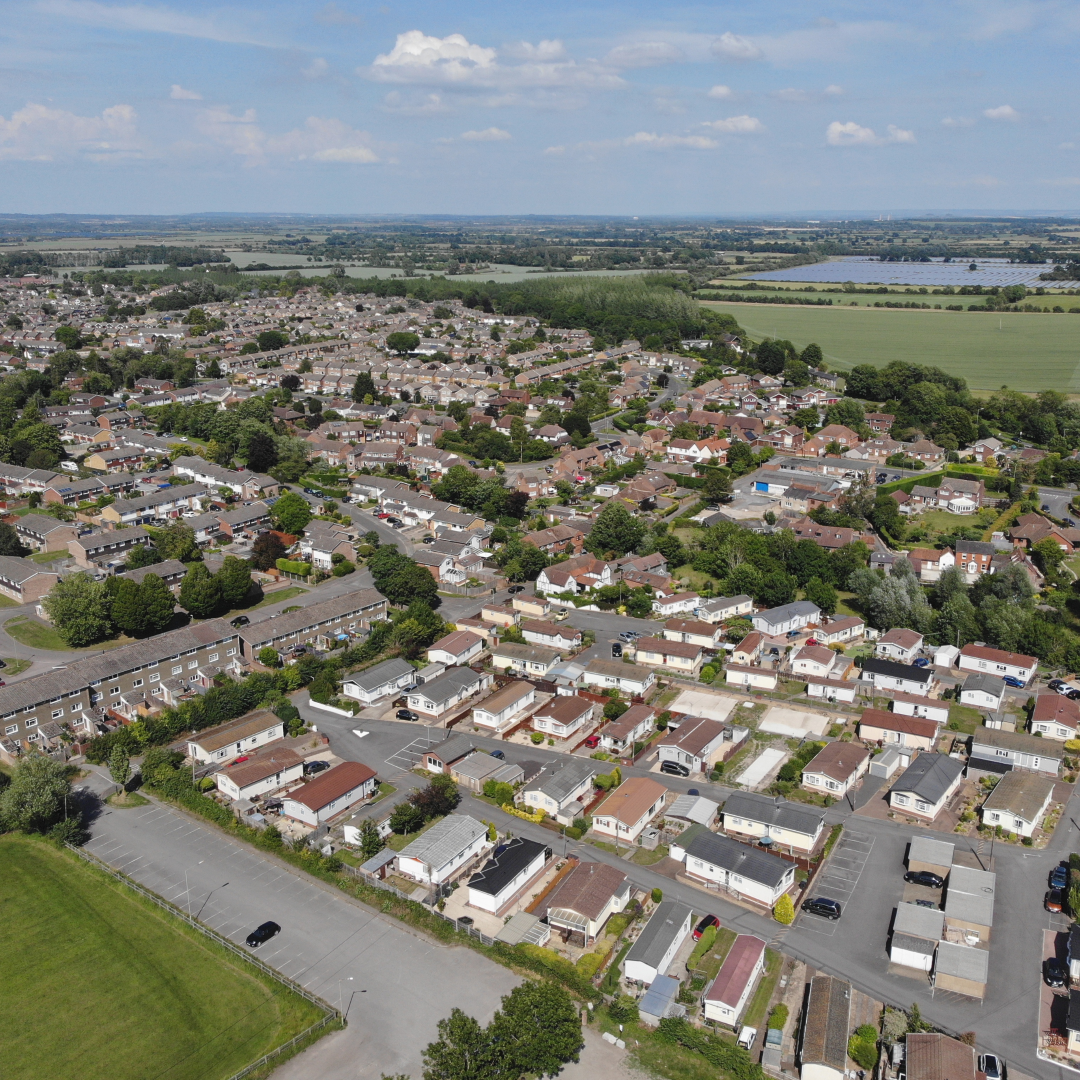Overview of the new Vacant Building Credit
To remarkably little media fanfare on 28th November 2014 the government announced the introduction of the vacant building credit.
This will mean that when a vacant building is brought back into any lawful use, or if it is demolished and replaced by a new building the developer will be offered a financial credit – affordable housing contributions will be required for any increase in floorspace.
Where there is an overall increase in floorspace in the proposed development, the local planning authority should calculate the amount of affordable housing contributions required from the development as set out in their Local Plan. A ‘credit’ should then be applied which is the equivalent of the gross floorspace of any relevant vacant buildings being brought back into use or demolished as part of the scheme and deducted from the overall affordable housing contribution calculation.
The hope is this policy will make it more financially viable and therefore more attractive for developers to build on brownfield sites comprising vacant buildings as VBC will offset the common costs associated with bringing brownfield back into use.
However, this could, in some areas, result in the local planning authority failing to meet their affordable housing needs. Kevin Gibbs also highlighted this point in Planning – ‘In areas with a high number of vacant buildings, local plan preparation and review could therefore involve higher overall affordable housing requirements to compensate for losses in provision arising from the credit.’ Considering the problem many Councils have with not having enough affordable housing for their residents this possible consequence is potentially enormously significant.
Stephen Ashworth, writing for the Planning Law blog, certainly appears to be of the opinion that as the policy currently stands it is not desperately helpful for local planning authorities. There ‘is no evidence of the levels of affordable housing/ planning contributions that will be lost as a consequence of the change. Perhaps more importantly, at least in terms of the operation of the planning system, there is no clarity about how the vacant building credit will actually work. We have already seen different interpretations from different planning authorities.’
One of the key challenges to be overcome if this policy is to work surrounds the definition of the word vacant. The VBC will only apply if the building has not been abandoned. This has the potential to be problematic legally, as pointed out in Planning by Kevin Gibbs, owing to the difficulty of establishing when a building counts as abandoned as opposed to vacant.
A challenge we face regularly when engaging with residents on the plans our clients intend to submit is the benefits this will bring and how these might outweigh the more obvious negatives such as disruption wrought by construction and pressure on local services. The problem posed by this policy as it currently stands is that this will become even harder to communicate in certain areas across the country. A day barely goes by without house prices being discussed by at least one media outlet and everyone has a personal story to tell on the perceived inaccessibility of the housing market. A policy whereby it looks as if a developer is being aided in avoiding what local people believe is their responsibility to the local community – the provision of or contribution to affordable housing – could well serve to widen the breach between developer and resident.







